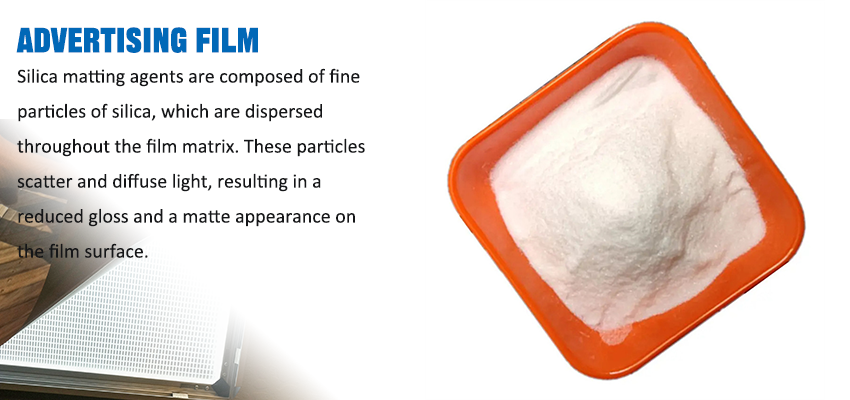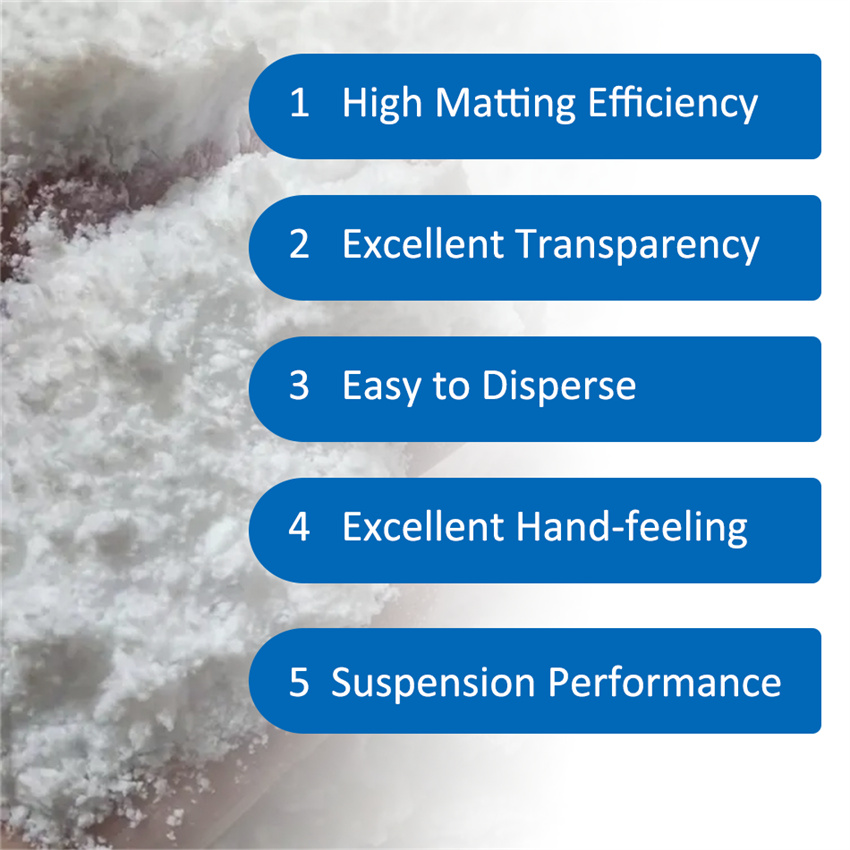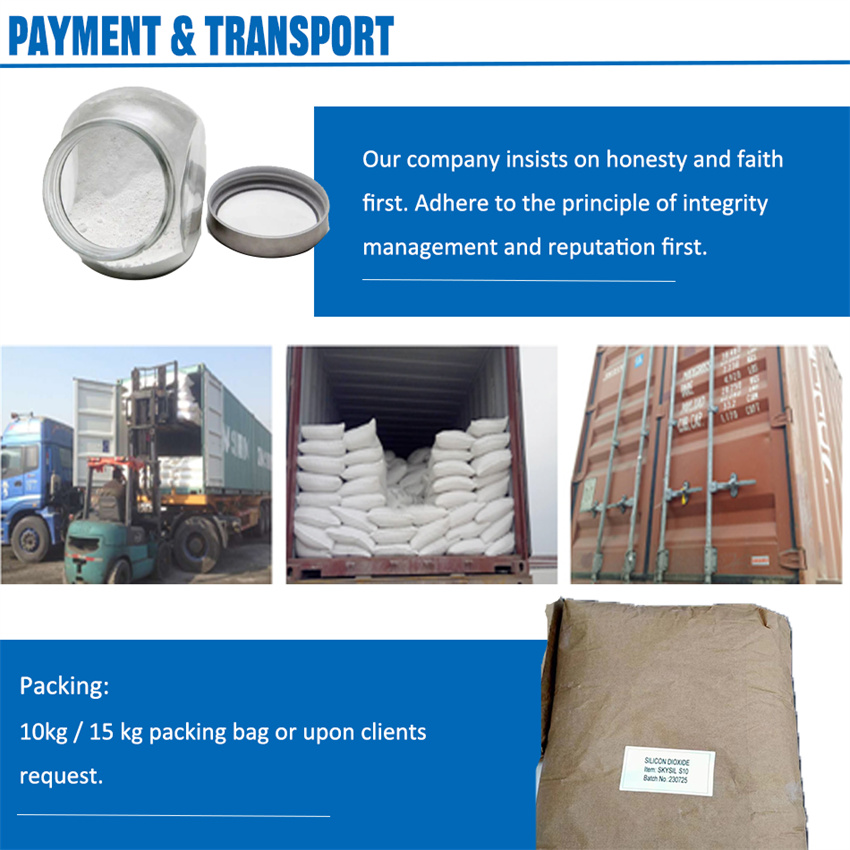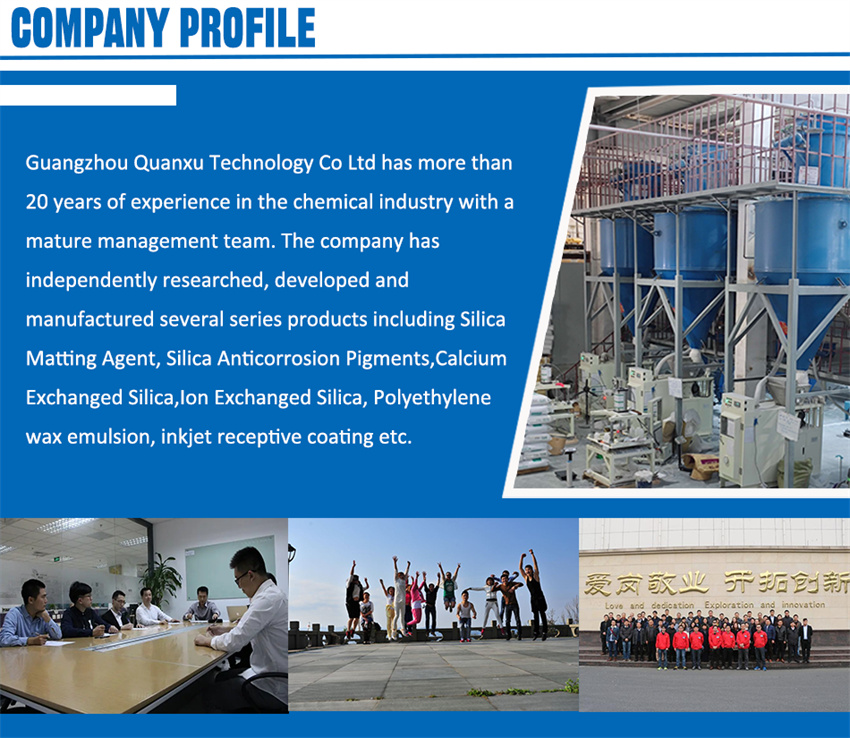
Privacy statement: Your privacy is very important to Us. Our company promises not to disclose your personal information to any external company with out your explicit permission.
Model No.: WF-100
Brand: SKYIMG
Material: Pvc, Pet, Pp, Polyester
Types Of: Twist Film
Use: Decorative Film
Hardness: Soft
Transparency: Translucent
Place Of Origin: China
Usage: Visible Film
Sensitivity: Medium-sensitivity Film
Color Temperature: Daylight Type
Imaging Type: Positive
Color: Milky White: Surface: Glossy
Based Thickness: 100um: Total Thickness: 130um
Transparency: Semi-transparent: Waterproofness: 100% Waterproof
Compatible Printer: Inkjet Printers: Based Material: Polyester(PET)
Packaging: 10 KGS / Bag
Productivity: 100000Square Meter/Square Mete
Transportation: Ocean,Land,Air
Place of Origin: China
Supply Ability: 100000000 Square Meter/Square Meters per Month
Certificate: SGS
HS Code: 3920690000
Port: Guangzhou,Shenzhen,Shanghai
Payment Type: L/C,T/T,D/P,Paypal
Incoterm: FOB,CFR,CIF,EXW


Do you know what the surface characteristics of precipitated silica are?
Silica is a white, highly dispersed, amorphous powder, and is also processed into granules. The ratio is 2.319-2.653, and the
melting point is 1750°C. It is insoluble in water and most acids, and becomes aggregated fine sand after absorbing moisture
in the air. It is soluble in anhydrous aluminum chloride and hydrochloric acid. It is stable to other chemicals, heat-resistant,
non-decomposable, and non-combustible. It has high electrical insulation, is porous, and has a large internal surface area.
Do you know what the surface characteristics of precipitated silica are? Let's take a look.
1. Moisture
The moisture of precipitated silica includes: dispersed water and bound water. The dispersed water on the surface of silica is
easily removed under the premise of heating. Too little dispersed water indicates that there are not many photo groups on the
surface of silica, which reduces the activity of silica, promotes the aggregation of silica during mixing, and is difficult to diffuse
into rubber.
Less surface water not only affects the vulcanization rate, but also reduces the reinforcement effect. The higher the dispersion
water content, the better the mixed rubber operation performance, the faster the powder, the less smoke and dust flying, the
faster the roller, and the faster the vulcanization rate.
However, if the water content is too high, the heat generation is large, it is easy to become brittle. Agglomeration, uneven
dispersion, easy foaming on the surface of the vulcanized rubber, and the physical and mechanical properties are also reduced
accordingly. Generally speaking, 6% to 8% of surface water can best protect the silica molecules, thereby preventing the particles
from aggregating again. When mixed, it can be evenly distributed in the rubber, which is conducive to improving the properties
and accelerating the vulcanization rate. Bound water is the "inside" of silica that is relatively stable and can only be removed above
400°C. The general content is 4. 0-7.0%. If there is too much fused water, it means that the content of suspicious rubber produced
under the reaction is high, the finished product has low vitality after drying, and the rubber reinforcement effect is small. However,
if there is less bound water, it means that the drying under the reaction is too heavy, the sanding tendency is large, and it is not good
for reinforcement.
2. PH value
The pH value of silica has a great influence on the vulcanization of the rubber. Acidic silica delays the vulcanization of rubber, while
alkalinity promotes vulcanization, but too high alkalinity is not conducive to reinforcement. PH slightly acidic silica is beneficial to the
tensile strength and wear resistance of rubber and products. Therefore, the pH value of silica in rubber precipitation method is generally
618, close to neutral.
3. Solve surface modification
Surface modification of silica refers to adding silane coupling agent to silica to achieve its hydrophobic purpose. After adding silane
coupling agent, CH3O1 (tert-butyl) at one end of silane coupling agent is easy to react with silanol oil on the surface of silica, and the
other end reacts with rubber molecules, that is, the silane coupling agent "railway bridge" effect between silica and rubber. There are
many ways to solve the surface modification of silica. The most commonly used method is to use coupling agent (such as coupling agent)
Si169) to solve it.
4. Influence of impurities
Precipitated silica is prone to bring Cu.Fe.Mn during manufacturing. Although these small amounts of impurities have little effect on the
properties of rubber materials, in order to make silicone rubber products have excellent antioxidant and anti-aging properties, it is still
stipulated that the Cu.Fe.Mn content should be reduced to a certain extent. GB10517 precipitated silica requirements: Cu≤30mg/kg,
Mn≤50mg/kg, Fe≤1000mg/kg.
Acetate in the production of precipitated silica is inevitable in production, but the sodium content is too high and it is not suitable as a
natural or rubber reinforcement filler, and the rubber transmittance is significantly poor. However, in the production process, the reaction
generation process is controlled to avoid excessive packaging of Na suspected rubber generation and its strengthening of semi-finished
product slurry immersion, and the acetate content can be reduced to below 0.5%. This precipitated silica has little effect on the properties
of the rubber.





Anticorrosion Pigments, Inkjet Receptive Coating, Matting Agent
Product Categories : Matting Agent For PET Film > Matting Agent For Advertising Film


Privacy statement: Your privacy is very important to Us. Our company promises not to disclose your personal information to any external company with out your explicit permission.

Fill in more information so that we can get in touch with you faster
Privacy statement: Your privacy is very important to Us. Our company promises not to disclose your personal information to any external company with out your explicit permission.